Peugeot 508 Peugeot Sport Engineered: The Best Fast Peugeot Ever?
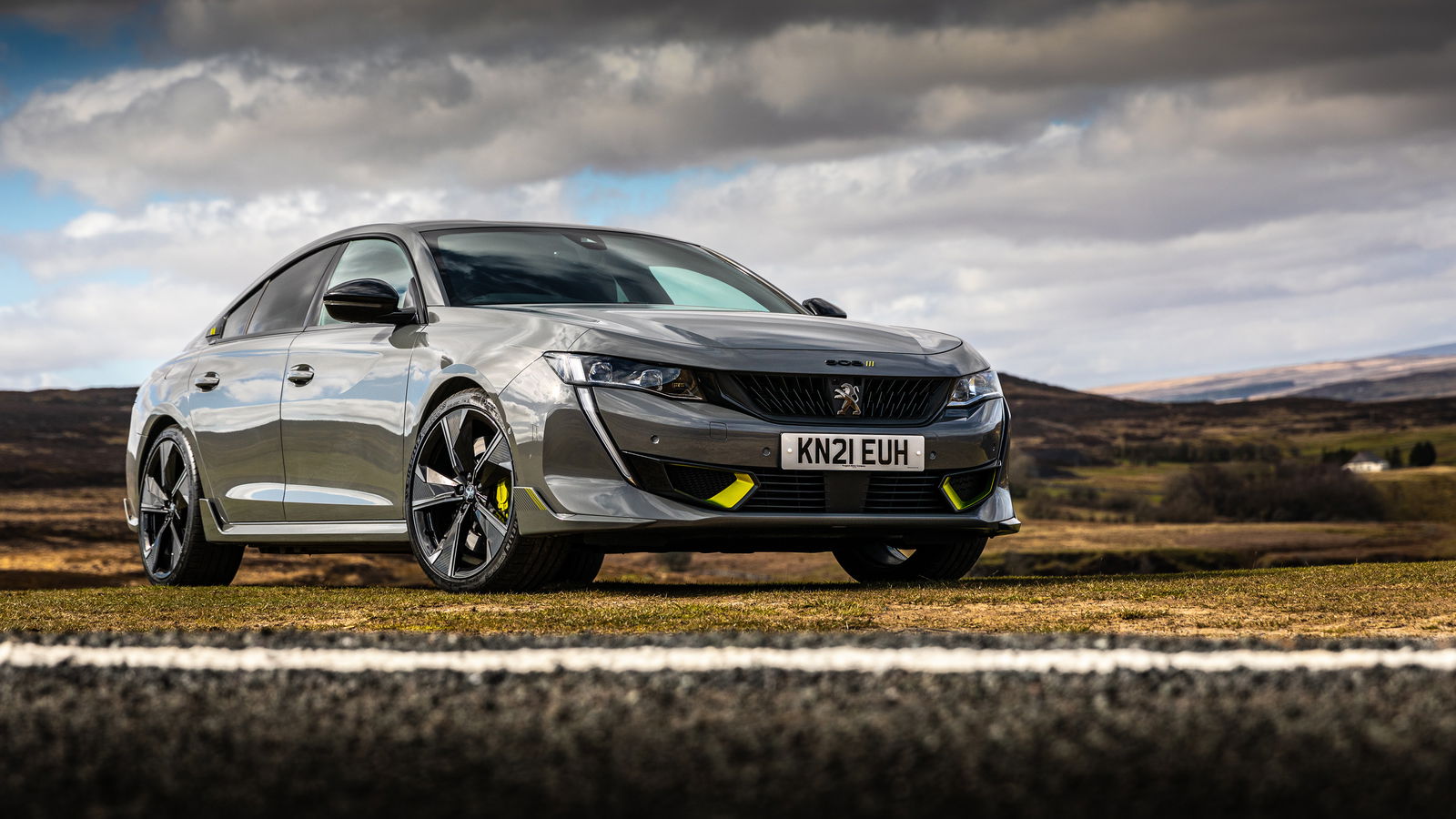
Pros
Cons
Peugeot made some thoroughly depressing cars in the 2000s and early 2010s. It had become a brand defined primarily by the depths to which it had sunk in the 1980s and early 1990s. In recent years there’s been one hell of a rebirth, though: proper investment in the right areas, impressive mechanical engineering standards and stunning design has become the norm.
Out of nowhere, Peugeots have become cars we look at and want, knowing that under the striking exteriors and awesome colours are fundamentally good cars; cars that we’d be happy and proud to own ourselves. This is the newest incarnation of the brand’s radical new approach to the market, and it’s the most powerful Peugeot ever: the 508 Peugeot Sport Engineered.
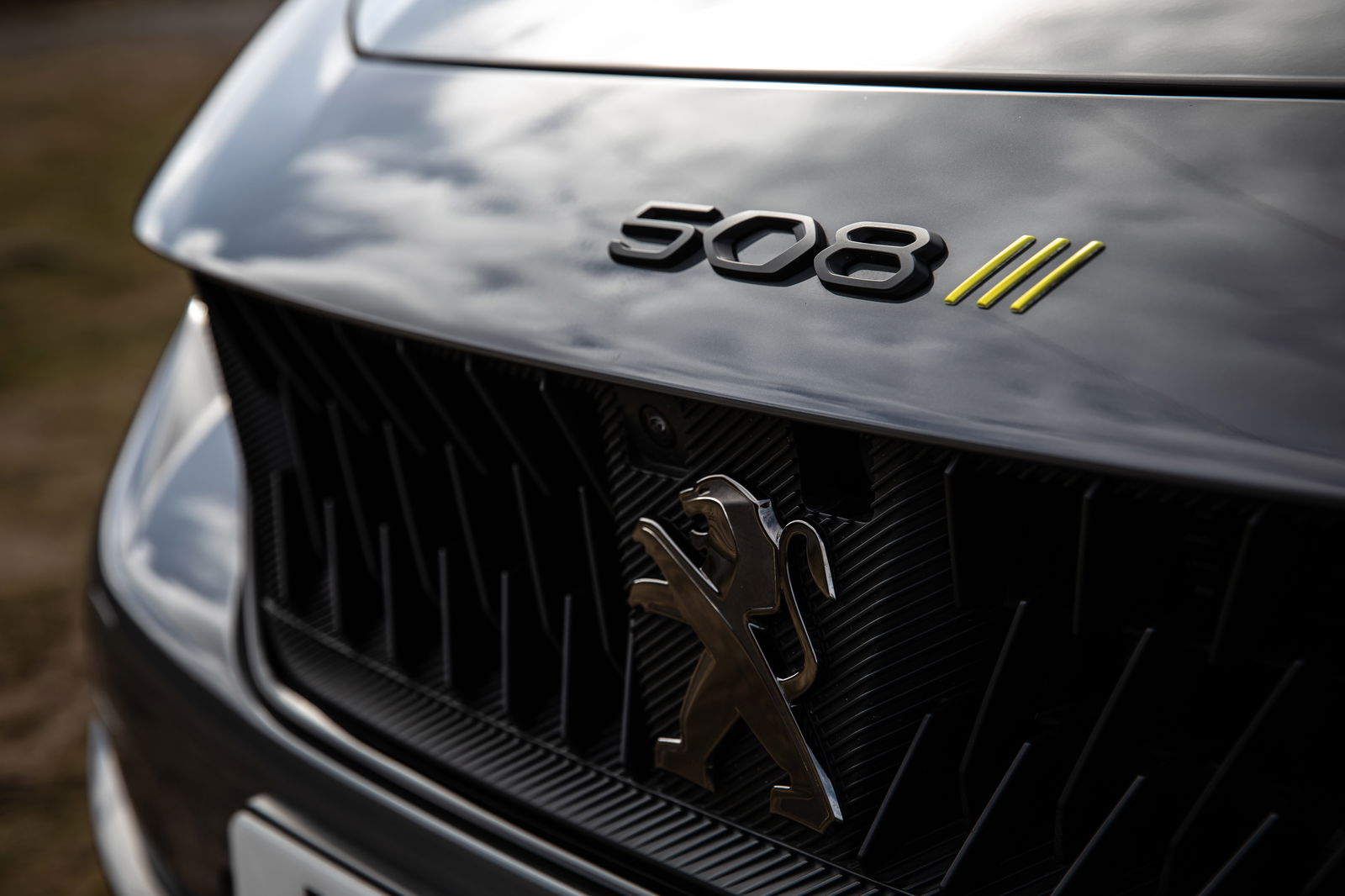
You’ll immediately notice the acid yellow highlights on the bodywork, echoed throughout with matching seat stitching, model-specific logos with three ‘claws’, and on the display screens. Peugeot has called the colour Kryptonite, perhaps as a cheeky statement that it’s coming for the traditional ‘supermen’ of the fast saloon segment after a long gestation.
The 508, of course, is a hatchback, and much better for it. There’s no rear windscreen wiper so it looks every bit as smooth and sleek as a saloon from the German big three, but loading and unloading baggage is easier by default. Win-win for buyers in this segment. It’s also better looking than the rivals; a bit of a Cinderella set against a range of increasingly plucked, folded, nipped, tucked and Botoxed sisters.
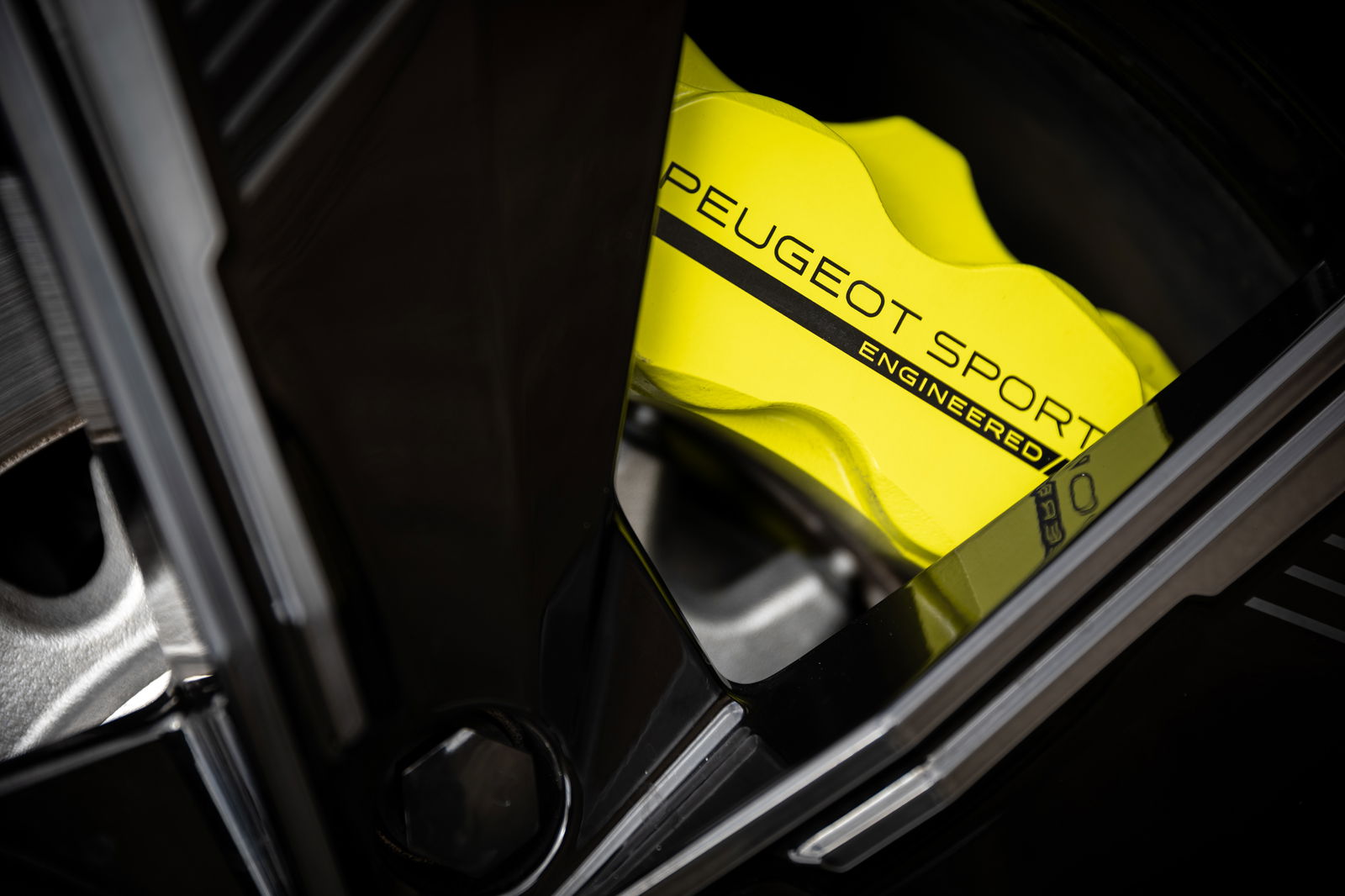
Kryptonite extends to the beefy four-piston front brake calipers, but not the rears, sadly. Body colour options are white, grey and black, presumably to give the yellow its best chance to stand out, so the muscular overall effect stops short of a tacky aftermarket look and still makes a bold statement about its performance credentials. Subtly flared wheel arches and a wider track than the boggo 508 obviously help, too.
Climb in and you’re greeting by pleasantly firm seats, amply proportioned for the larger gentleman behind a notably small steering wheel with squared-off top and bottom sections. It’s not a nice shape to use around town, truth be told, but it looks great and has to be chopped top and bottom so it can sit below the all-digital display without brushing your thighs. It does mean you need to set the seat low.
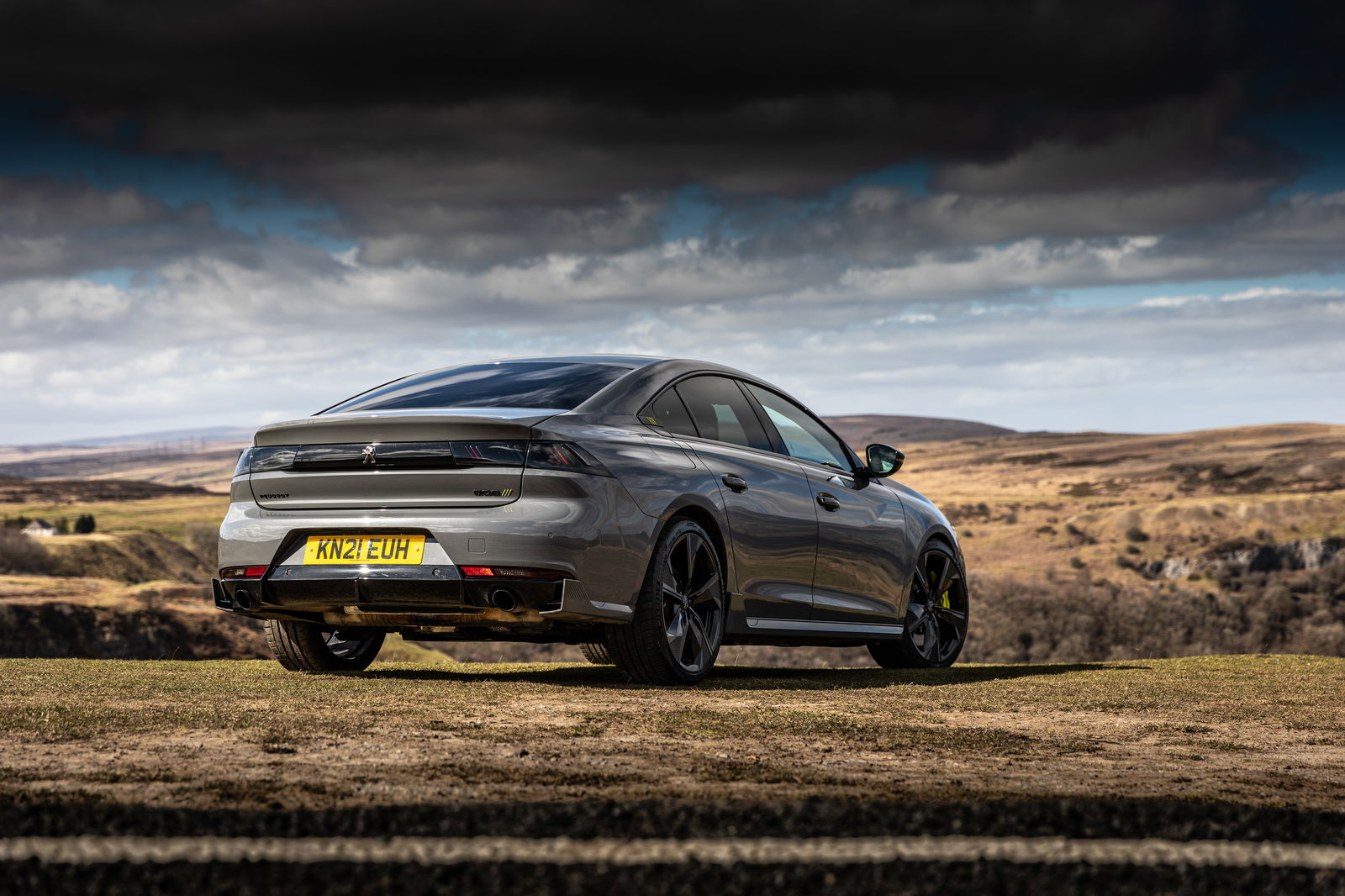
Press and hold the starter button to begin. The displays flush with Kryptonite and a small audio signal indicates the car’s readiness. It always starts in Electric mode, one of five alongside Comfort, Hybrid, Sport and 4x4. Electric mode also uses rear-wheel drive, interestingly, but while the weight shift suggests you could potentially power-slide it, stability control and Michelins as sticky as a nightclub dance floor make it impossible in the dry.
Comfort and Hybrid are the modes best used to get to know the car. They’re the same except for a softer damper setup in the former, and it might as well be called UK mode. Hybrid is a bit too firm for general plodding around British roads, but Comfort strikes a neat and composed balance.
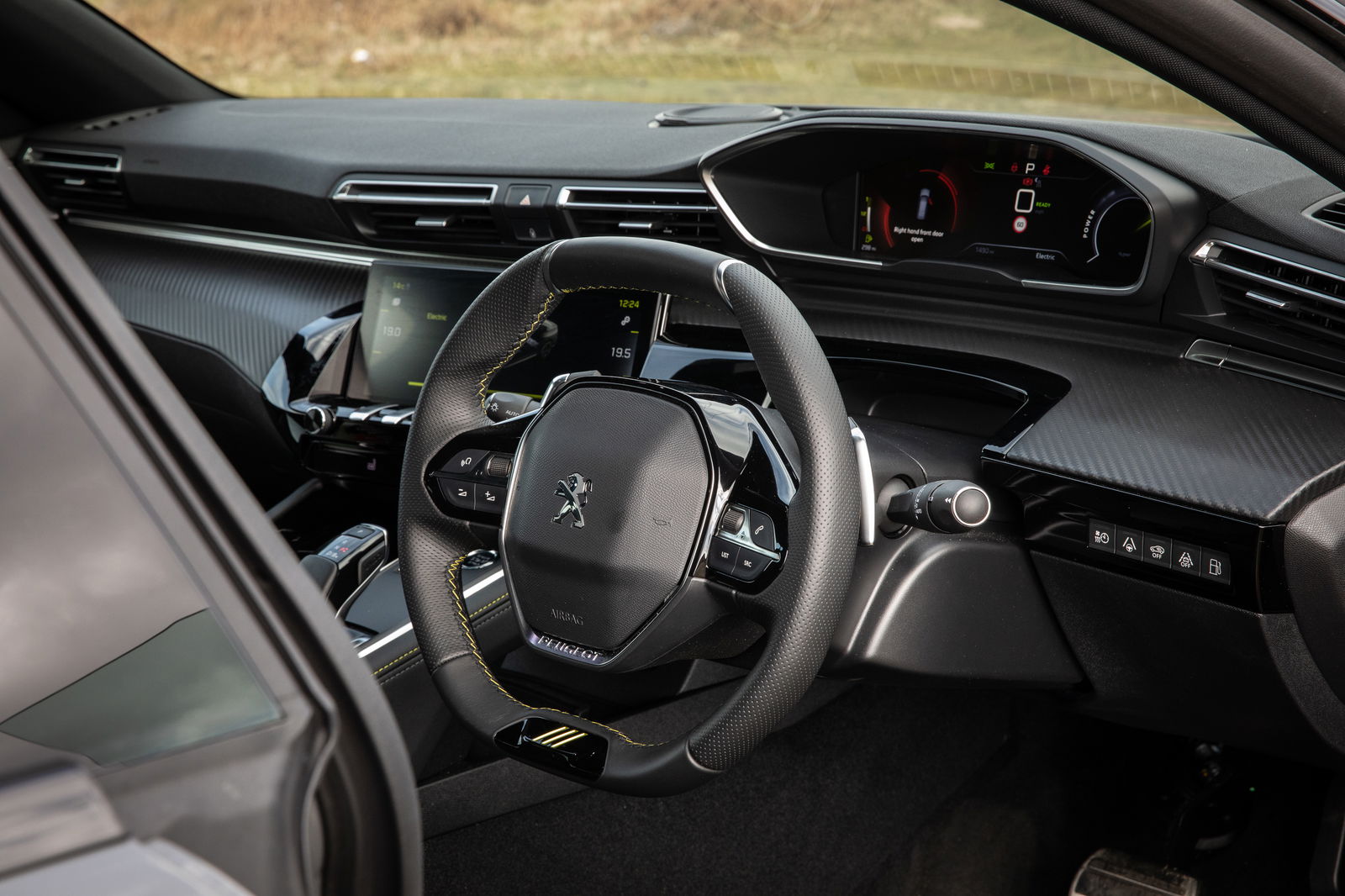
Sport marks a big step in attitude. The throttle map changes vastly, the usually slick eight-speed automatic gearbox bumps down a cog and the battery is tuned for maximum performance boost. Hit the fun-pedal and it responds instantly, the electric motors on both axles respond instantly, filling the half a second before the turbocharger takes over and really throws the car forward.
Engine noise from the four-pot is understated; a distant but distinct growl rather than the over-baked, heavily synthesised mess found in other cars of this ilk. What’s more, the damping is absolutely excellent. It’s proressive, well managed, almost never crashy and it boosts stability and confidence effortlessly. Well played, Peugeot.
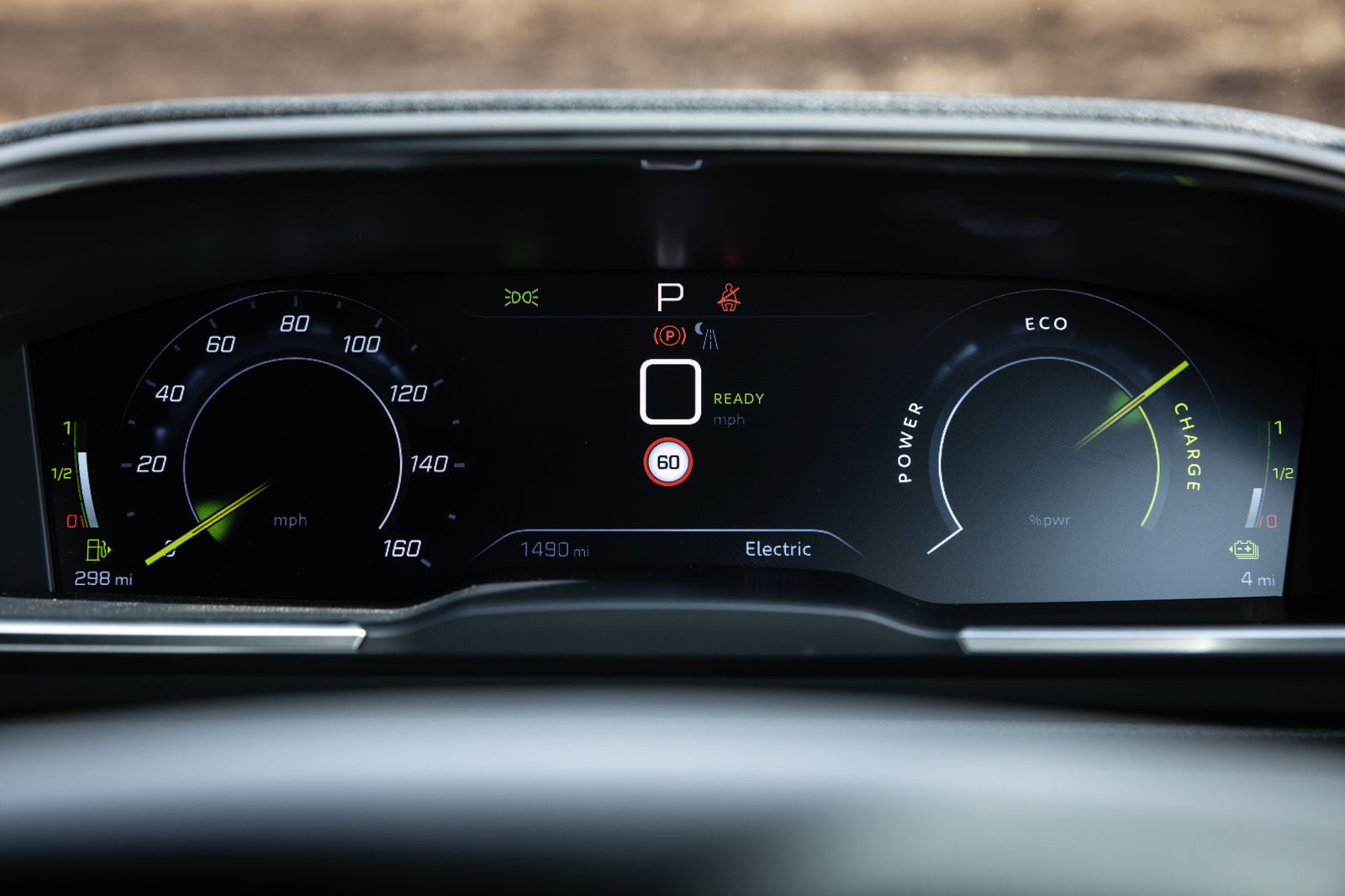
In the ‘Sunday afternoon’ driving modes the 508 PSE is a fine thing. It’s wafty up to speed, responsive enough to throttle demands, relaxed when left alone and well equipped. In Sport mode you really feel the benefit of the engineering upgrades, though. Point it at an apex, clog the accelerator as you get there and mighty talent spouts forth as if from some Renaissance fountain. It’s like it sheds 300kg; the front and rear axles suddenly sync together to slingshot the car out of the bend without a whiff of under- or oversteer, maintaining full and easy steering control and gobbling up the roadway with mildly alarming alacrity. Punt the throttle too far before the apex and the brake-based torque vectoring kicks in, tugging the inside front wheel back into line before normal service is resumed. It’s a slow-in, fast-out sort of car but it feels epic at it.
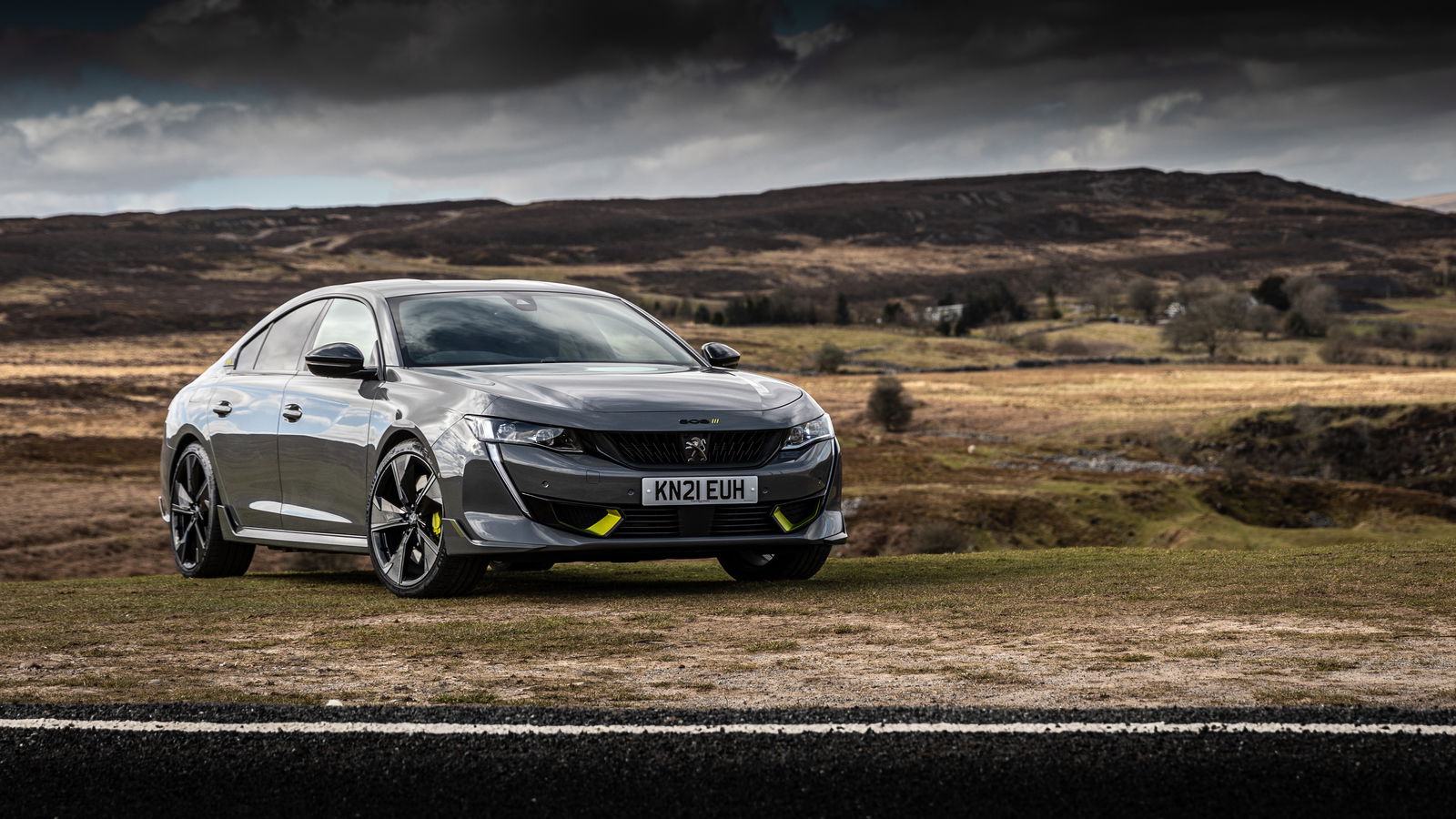
Perfection it isn’t. The steering is a frequent frustration because its variable speed and weighting never fail to rob you of the consistent feel you need. You enter a corner and the setup feels different to at the last bend, reacting at a different speed and offering different resistance. As such it’s hard to find a rhythm along a constantly varying roadway because you’re often out of tune with what the wheel is going to give you next. I can’t help but feel it’s a marketing gimmick and that PSE’s engineers would much rather have installed a good single-rate setup instead.
Other niggles arise with the screen-based air-con, which is only great when the car isn’t moving. The automatic headlight dip function isn’t too clever either, occasionally changing its mind as to whether it can see the oncoming car or not. These things can’t detract too much from what is a stellar performance salhatchback (yes, I just made that word up, and fine, I grudgingly promise never to use it again).
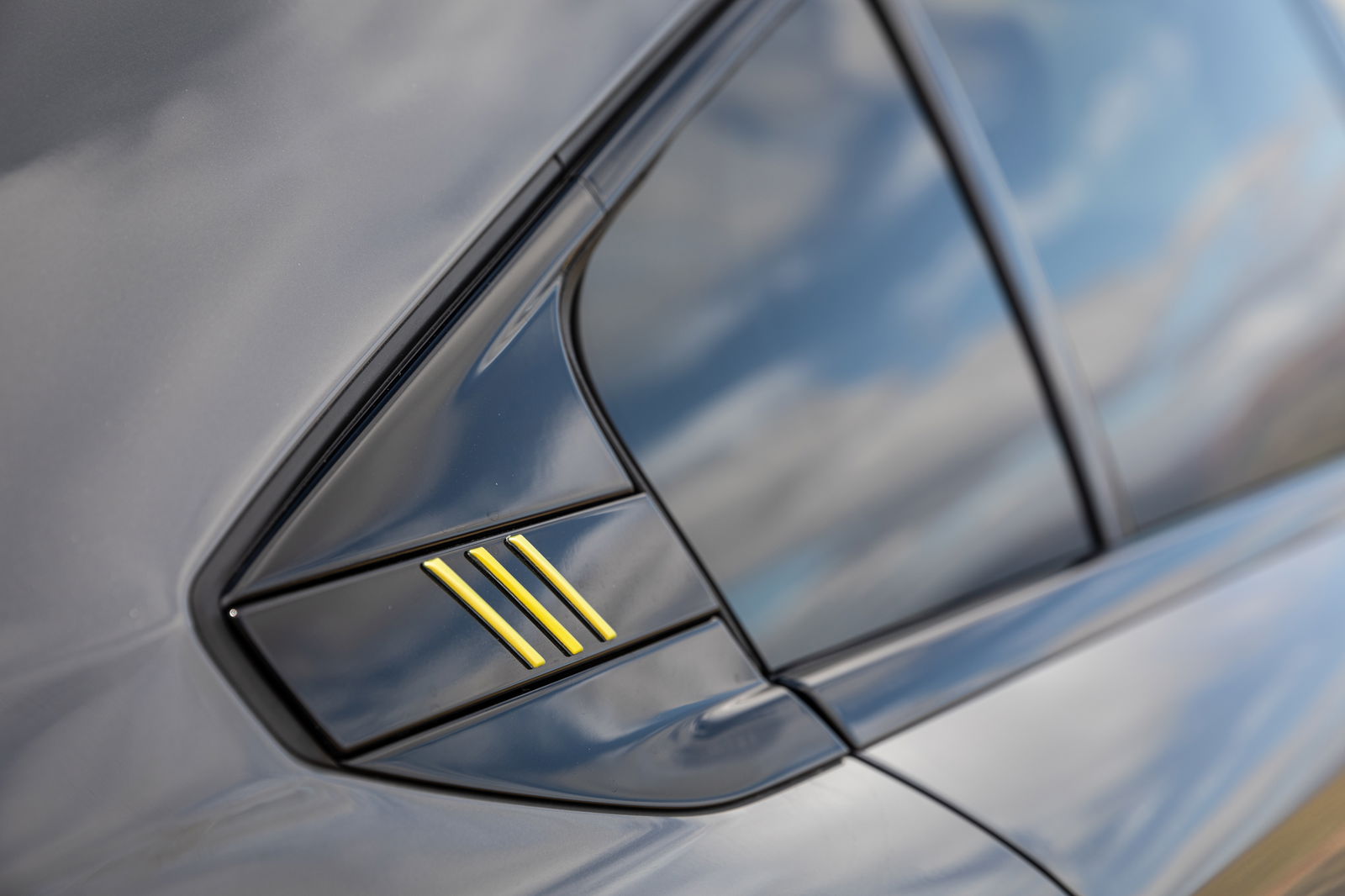
Peugeot’s barren spell is well over. More to the point, not only is it making excellent everyday cars for normies, it’s also making cracking performance models for those who want them; performance cars that mix environmental savvy and pure electric capability with straight-line speed (the 155mph limiter isn’t as far away as you’d think) and cor-blimey chassis and drivetrain engineering.
The breadth of talents on display in this one vehicle puts almost anything comparable in the shade, and it’s only really the steering that lets the overall effort down. No performance Peugeot has ever ticked so many boxes or been so easy to want, and in closing we simply have to doff our caps for a job well done.
Peugeot 508 Peugeot Sport Engineered spec
Engine: 1.6-litre inline-four and two electric motors
Power: 335bhp
Torque: 384lb ft
0-62mph: 5.2
Top speed: 155mph (limited)
Price: £55,795
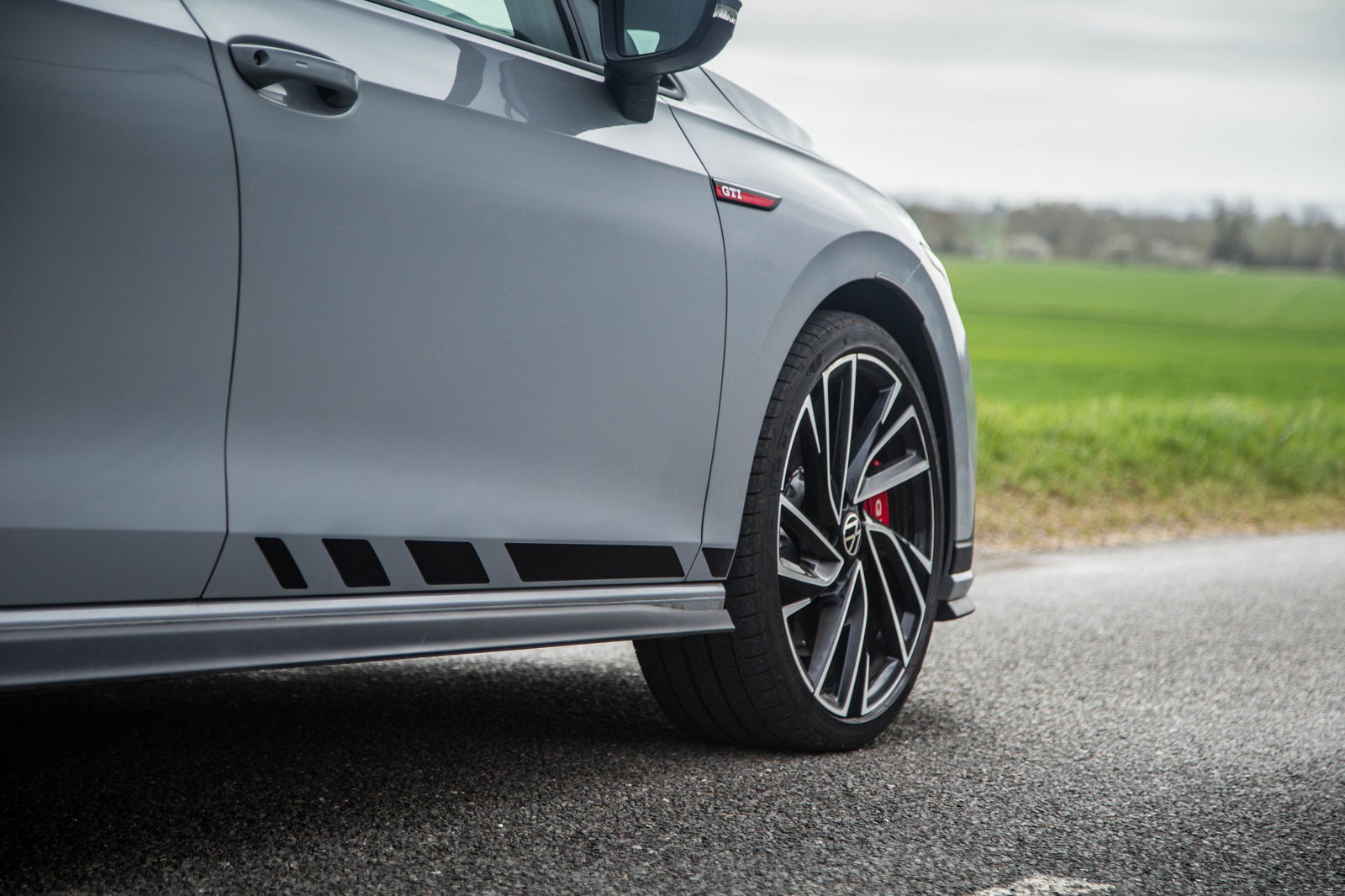
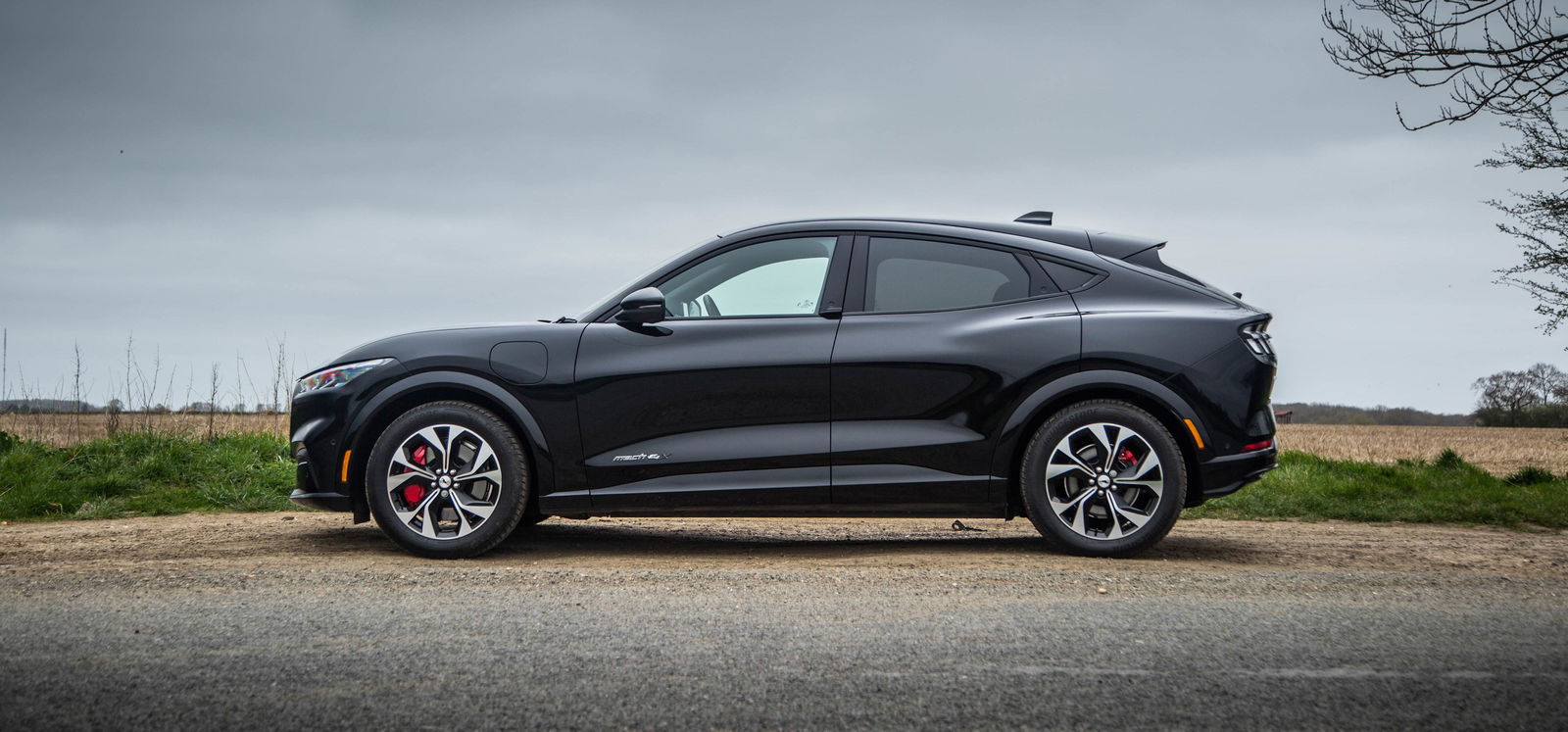
Comments
Great car. But no manual transmission option with the pure petrol engine? Hard fail…